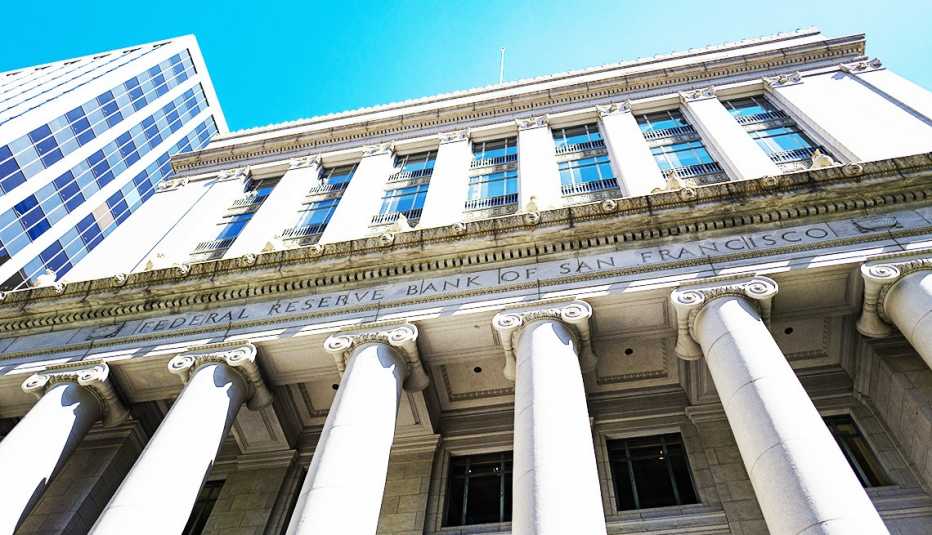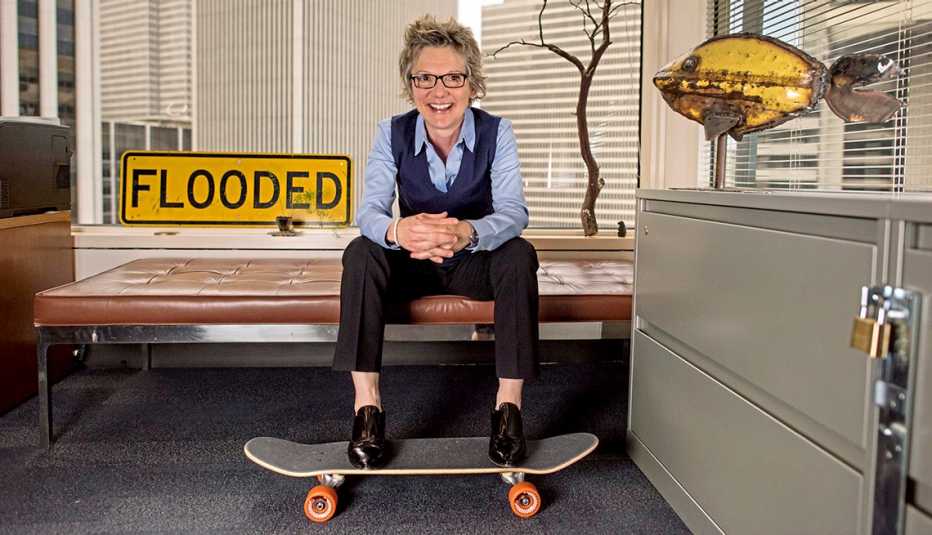Staying Fit


When prices were rising last year, economists said inflation would go away on its own. But that turned out to be wrong. What changed?
Last year, COVID was affecting the inflation numbers and doing something we don’t often see. Because of COVID, people had incomes that they hadn’t spent traveling or doing other things, and they were using them to buy goods to make it easy to live at home. But that same COVID completely disrupted supply chains across the globe. So it made all of these goods harder to get. And when things are hard to get, because the supply is limited and demand is strong, then you get inflation.
So the question is, why has inflation lasted so long? And the answer is, because of COVID. All of us hoped and thought that it would subside quickly after we got the vaccine. But the vaccination take-up hasn’t been as high as we need it to be, and the disease and the variants spread much more quickly. The miss was really that we mis-forecast how quickly people would get the vaccinations and beat COVID back.


AARP Membership— $12 for your first year when you sign up for Automatic Renewal
Get instant access to members-only products and hundreds of discounts, a free second membership, and a subscription to AARP the Magazine.
Russia invaded Ukraine on Feb. 24, and today, as we speak, it’s March 1. What has the invasion changed?
Russia is an exporter of energy. People are worried that this will be another boost to energy prices, which are already high and continuing to rise. That hits consumer pocketbooks directly.


What else do you see that’s concerning?
One of the biggest effects on inflation right now is the global supply chain. Parts of Asia, in particular, don’t have the vaccination rates and the vaccine effectiveness that our vaccinations have. As a consequence, they have to either shut a factory or send people home to quarantine. Once you shut a factory or port, that has a domino effect, because these are all goods going to make other goods, and you end up with too little supply and too much demand.
This is really important: that COVID subsides globally. If I don’t see those numbers come down globally, then I will be much more worried about how we have to work on inflation here in the United States.
I’m also watching the Ukrainian-Russian situation, to see if we can get a resolution to that. You watch on TV the conflict and tragic loss of lives — it creates a lot of uncertainty in people; it creates consumer sentiment declines, business sentiment declines. We don’t want that. We want peace back.

































































More on Money
What to Know About Inflation
Why prices rise, when to worryWhip Inflation With I Bonds
Safe, high-yielding investments from the U.S. TreasurySqueeze Every Penny With These Dollar Store Shopping Tips
Amid rising prices, the thrifty pinch pennies at Dollar General, Dollar Tree, Family Dollar, 99 Cents Only Stores